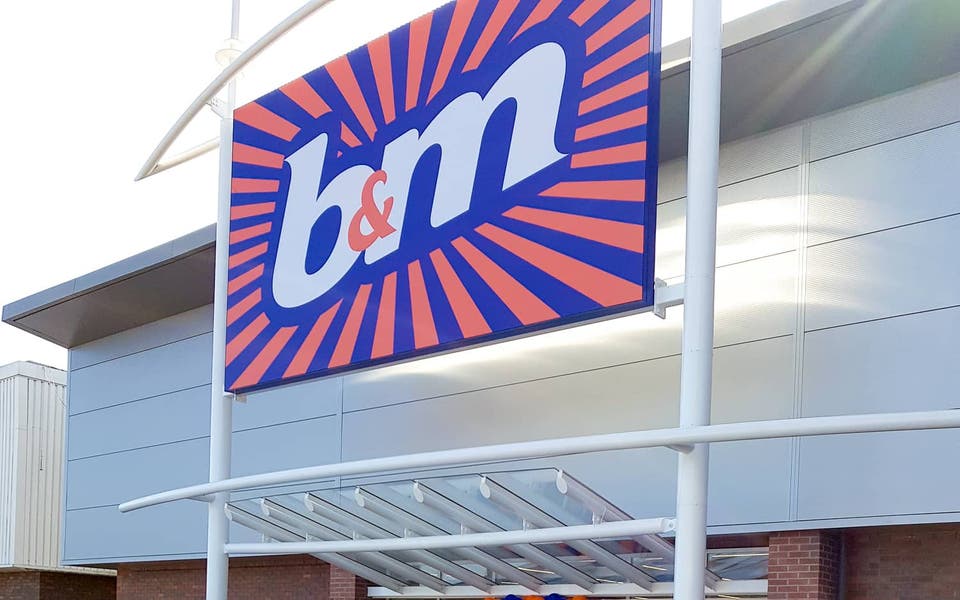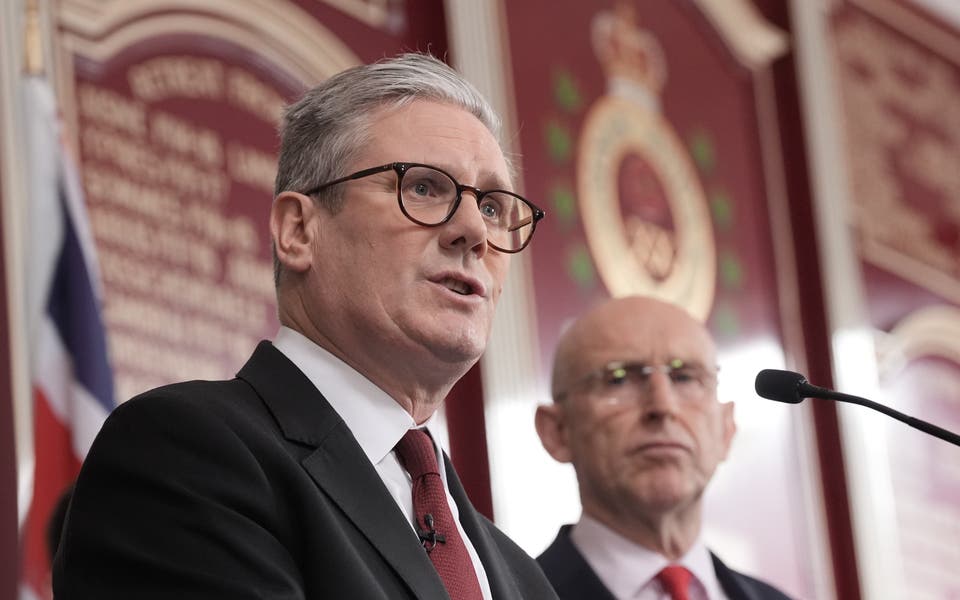UK service sector growth eases as inflation pressures drop to three-year-low
Growth in the UK’s services sector slowed last month as inflation in the sector dropped to its lowest for three years, according to new data.
The S&P Global UK services PMI survey scored 52.9 in May, down from 55.0 in April.
The reading was in line with predictions by economists but represents the slowest rate of expansion since November last year.
Any reading above 50 indicates that the services sector is growing, while anything below that implies it is shrinking.
The latest survey data highlighted easing business activity and new orders, after an 11-month high in April.
It came as the rate of input cost inflation for firms fell to its weakest since February 2021, which resulted in lower price rises for customers.
Economists have suggested the slowdown in price rises could be influential as Bank of England ratesetters vote on a potential interest rate cut later this month.
Of particular interest to the immediate outlook for the UK economy will be the prices measures, with the Bank of England potentially moving to cut interest rates as soon as this month
Joe Hayes
Joe Hayes, principal economist at S&P Global Market Intelligence, said: “The PMI survey for May showed another reasonable rate of expansion in the UK service sector.
“Taken in tandem with our earlier-released manufacturing survey, the PMIs imply GDP (gross domestic product) growth of around 0.3% so far in the second quarter.
Read More
“Of particular interest to the immediate outlook for the UK economy will be the prices measures, with the Bank of England potentially moving to cut interest rates as soon as this month.
“The PMI surveys show prices for UK services rising at the slowest pace for over three years.”
Rob Wood, chief UK economist at Pantheon Macroeconomics, said: “The PMI continues to suggest robust growth, despite slipping back in May.
“The big news in the May PMI, however, was further signs of easing inflation pressure.
“The PMI suggests April’s blowout services inflation print was a flash in the pan and should not be taken as a sign of strong annualised inflation continuing.”



